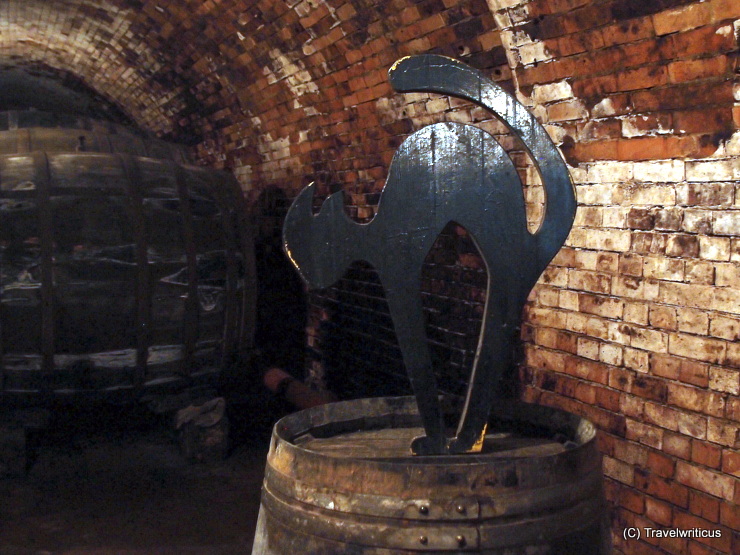
In the Austrian region of Weinviertel, you often see the model of a cat. This symbol is known as a cellar cat (Kellerkatze). Local people believe a cat living in a wine vault will always rest on the barrel with the best wine.
You only see what you know (Goethe)

In the Austrian region of Weinviertel, you often see the model of a cat. This symbol is known as a cellar cat (Kellerkatze). Local people believe a cat living in a wine vault will always rest on the barrel with the best wine.
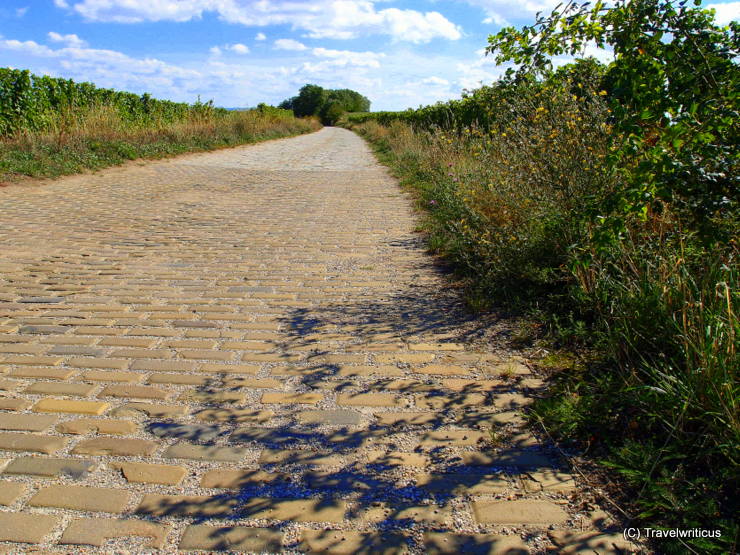
Once upon a time, some parts of Austrian roads were paved with clinker bricks produced in Schattau, the Czech Šatov today. In Poysdorf, you still find a mile with these typically yellow bricks (Schattauer Pflaster).
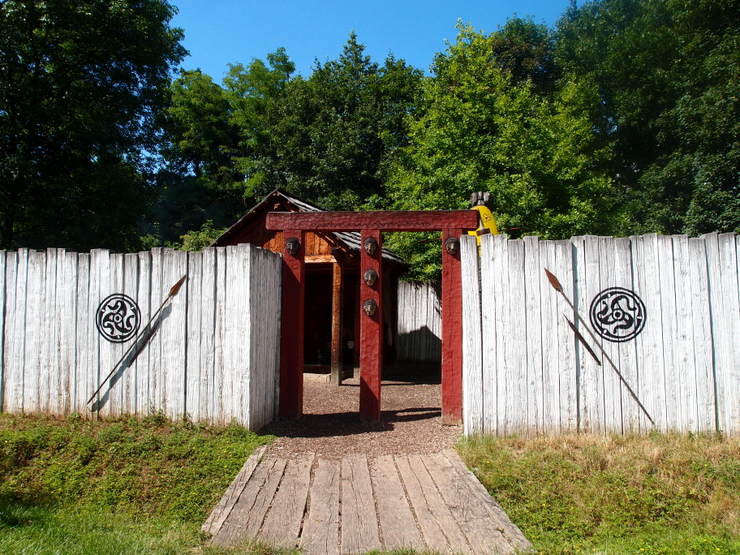
The archaeological open-air site next to Asparn Castle (Schloss Asparn) belongs to the MAMUZ Museum of Prehistory in the Austrian region of Weinviertel. Covering an area of 19,000 m², reconstructed buildings dating from the Palaeolithic Age up to the Iron Age are displayed. [German]
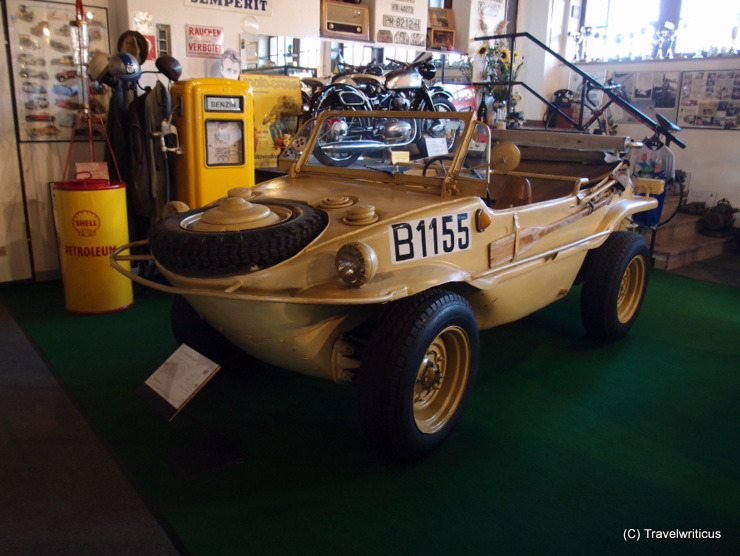
At the classic car museum in Poysdorf (Oldtimerclub Poysdorf), I saw this Volkswagen Schwimmwagen. The amphibious four-wheel drive off-roader dates back to 1943. At that time, it served the German Wehrmacht.
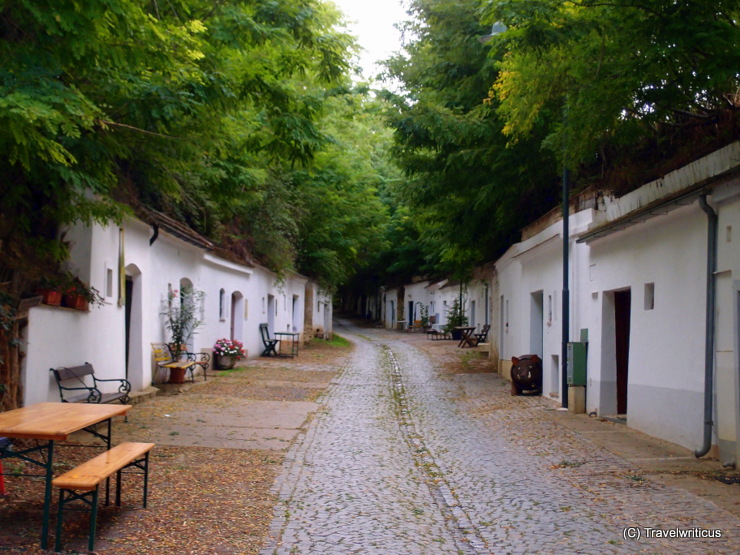
The Radyweg is considered the most extended wine cellar lane (Kellergasse) of Poysdorf. In earlier times, the buildings along the path formed wine cellars or press houses. A tour guide told me the length of all cellar lanes in Poysdorf adds up to 60 kilometres!
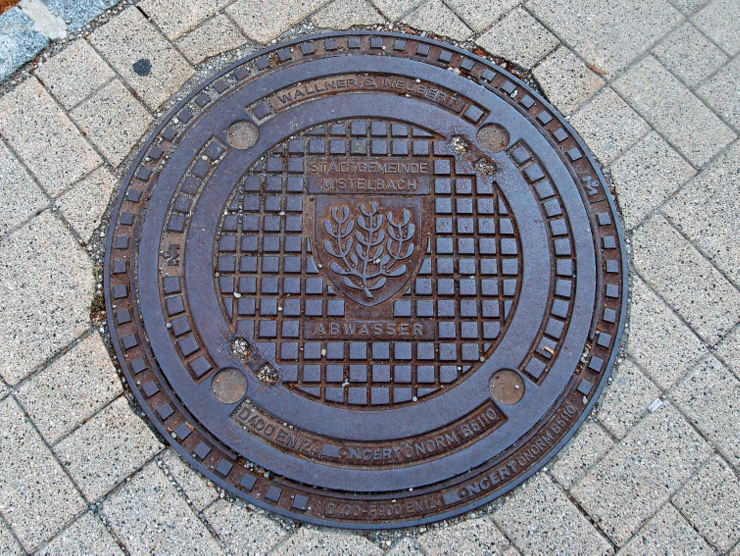
The manhole cover of Mistelbach shows a sprig of mistletoe, which is also depicted in the city arms. The term ‘Mistel‘ in the city name is actually the german term for a mistletoe.
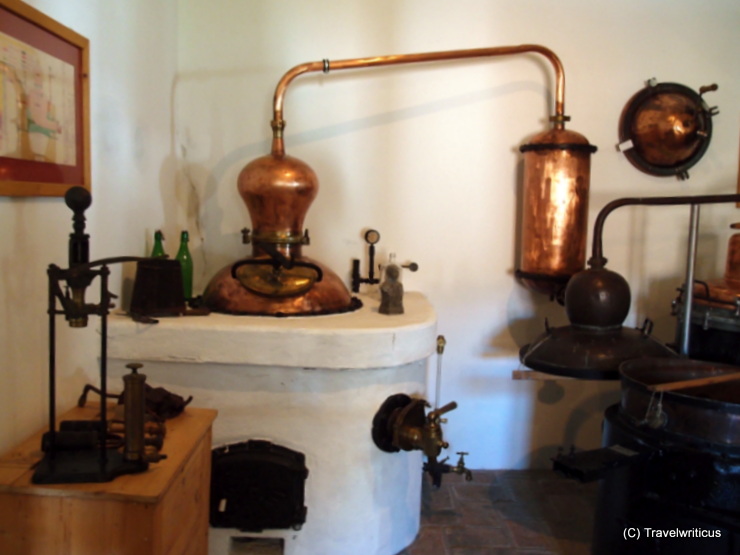
The distillery museum located in the vineyard estate and distillery Heger (Weingut & Destillerie Heger) in Poysdorf focuses on explaining the differences between small distilleries and industrial distilleries regarding the quality of their products. The pic above shows pieces generally used in smaller stillhouses.
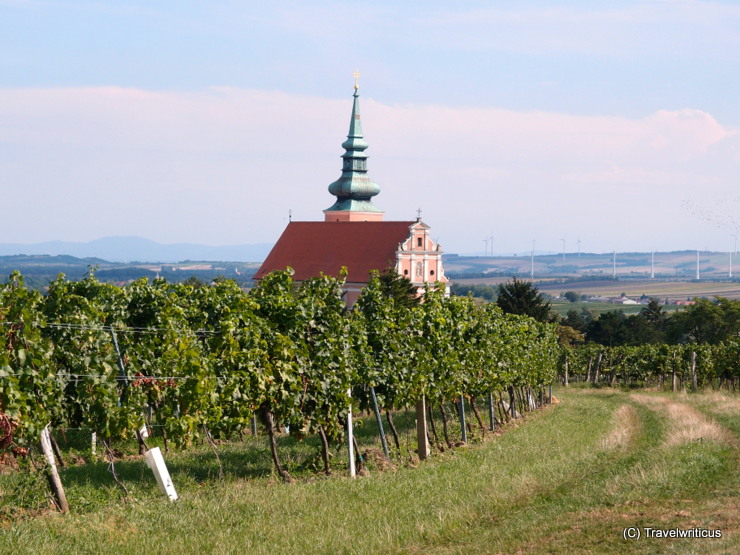
View of the parish church of Poysdorf (Pfarrkirche Poysdorf) taken from a nearby vineyard. I took this photo while joining a guided hiking tour through the vineyards of Poysdorf.
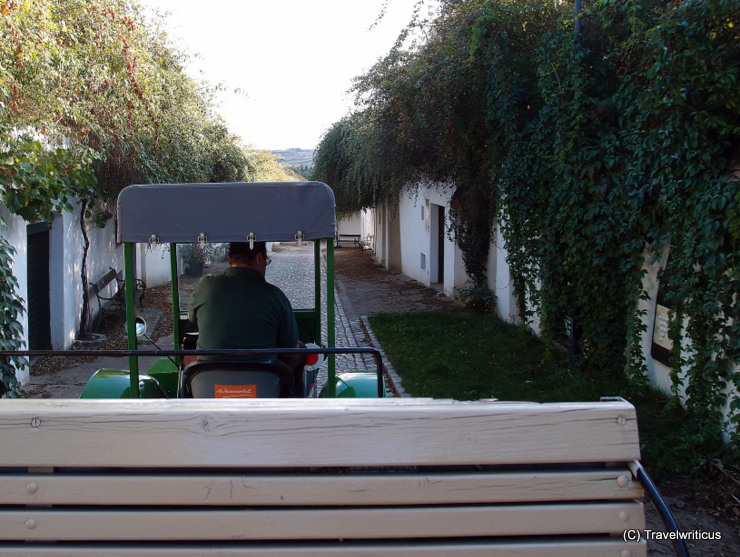
A fun way to explore the wine cellar lanes in Poysdorf and the vineyards in the surroundings is to join a guided tour on board of historical trailers drawn by classic farm tractors. On this pic, I just headed down a wine cellar lane (Kellergasse) named Rösselberg.
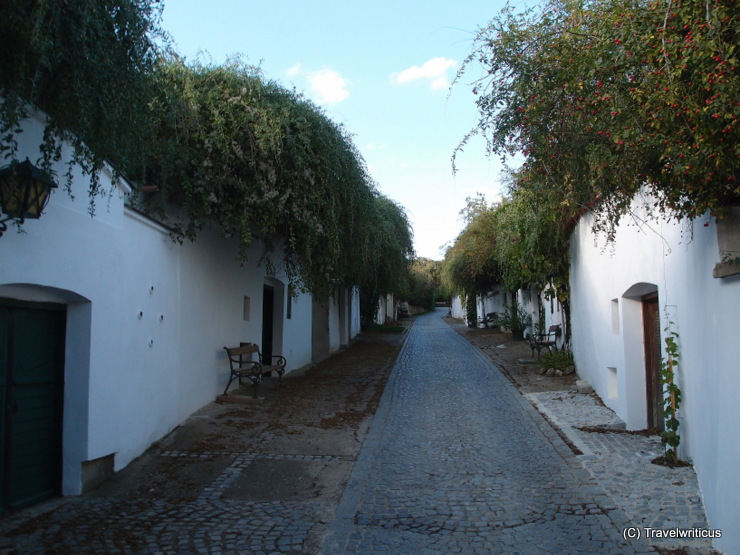
This lane is one of several wine cellar lanes (Kellergassen) in Poysdorf. It is actually a hollow-way with a couple of rooms built into a loess layer. These rooms have only a front façade, but no brick walls or a timbered roof.
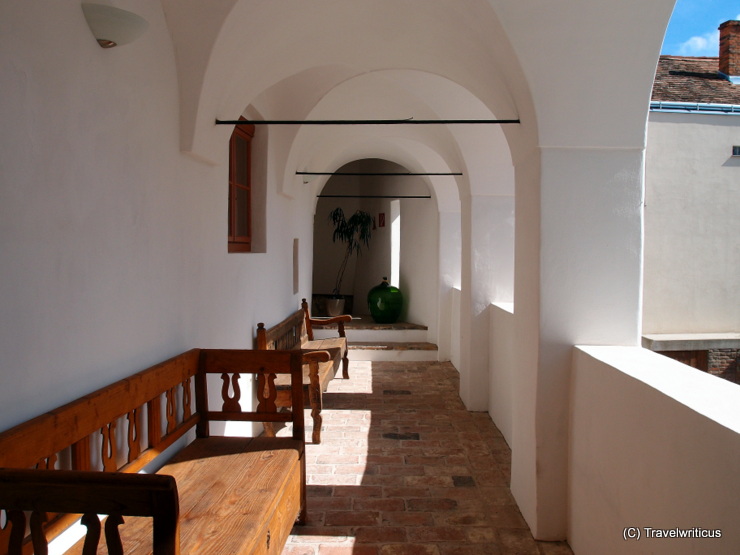
The Eisenhuthaus, a building dating back to 1540, is considered the oldest building in the city of Poysdorf. Inside, it offers several rooms for staying there.
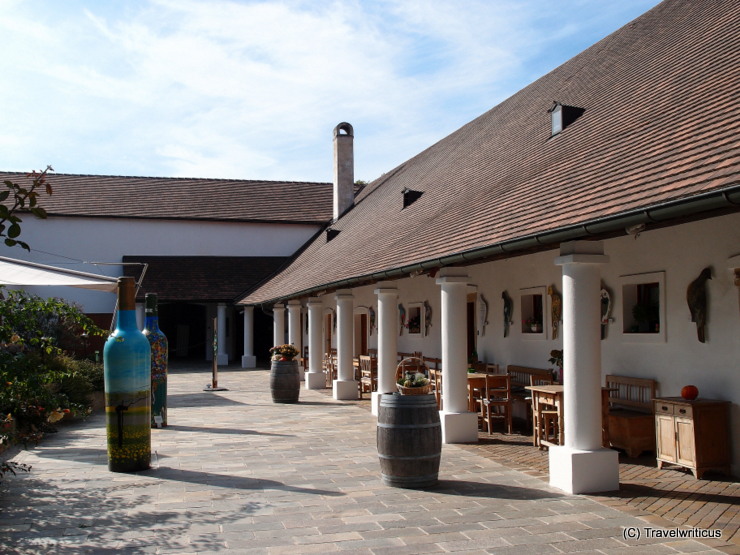
The wine estate Taubenschuss (Weingut Taubenschuss) offers not only wine tastings but also guided tours through a compilation of contemporary art. Most impressive detail: The gallery of doves, where each exhibited artist created something creative with a given shape of a dove.